How to Capture Breathtaking Photos of Mist and Fog
When it comes to landscape photography, mist and fog can be eerily beautiful, quiet, or moody – adding a touch of drama and otherworldly beauty to your images.
However, capturing beautiful images in the fog can be challenging!
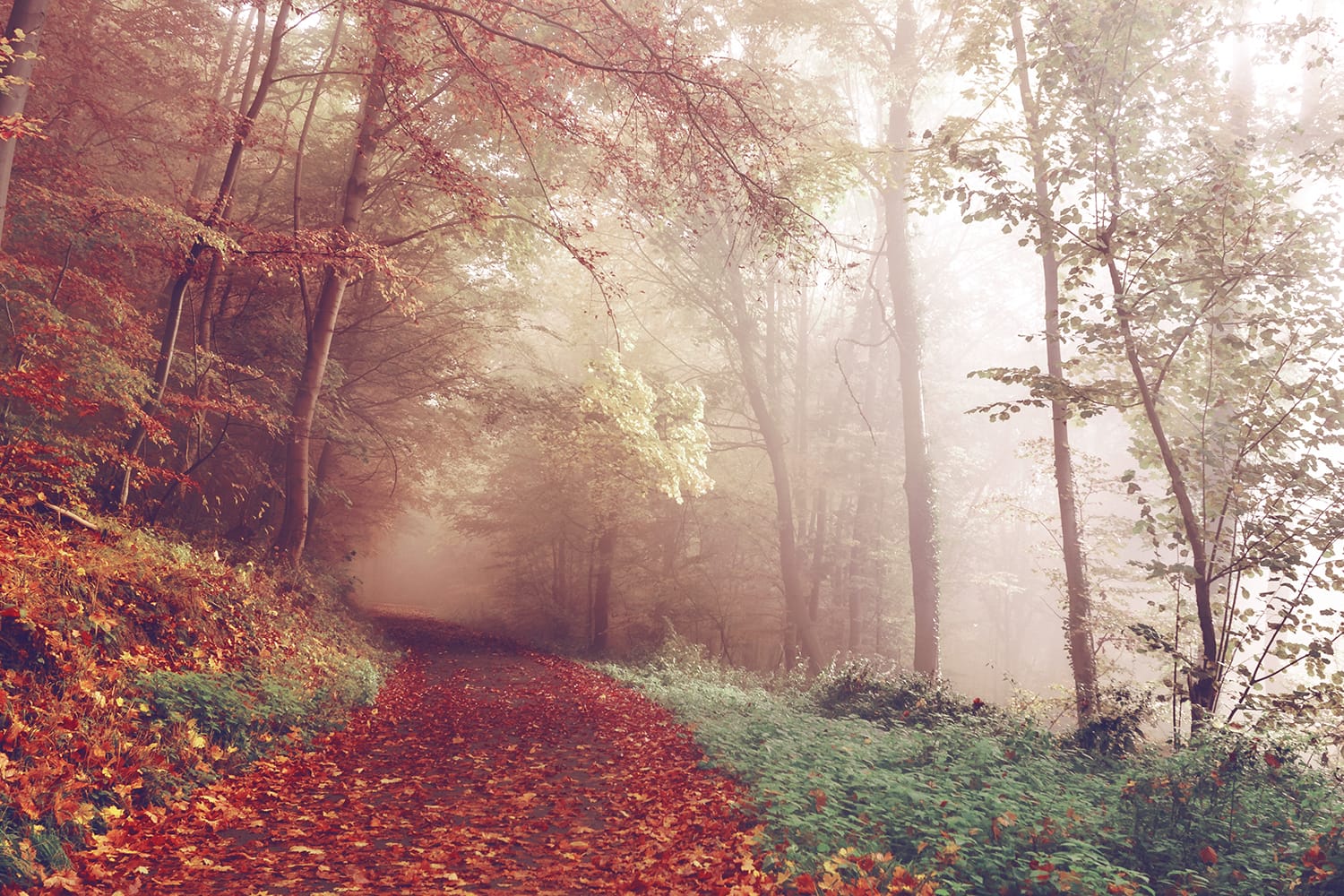
The lighting can be tricky, and getting it right can be difficult – often resulting in flat images. Then there’s the issue of timing. As suddenly as the mist or fog moves in, it can also fade, making it important to capture this phenomenon quickly.
If you’d like to start capturing mist and fog, and working them into your landscape images, there’s a lot that you can do to increase your chances of success. With this in mind let’s see how you can get started with foggy day photography.
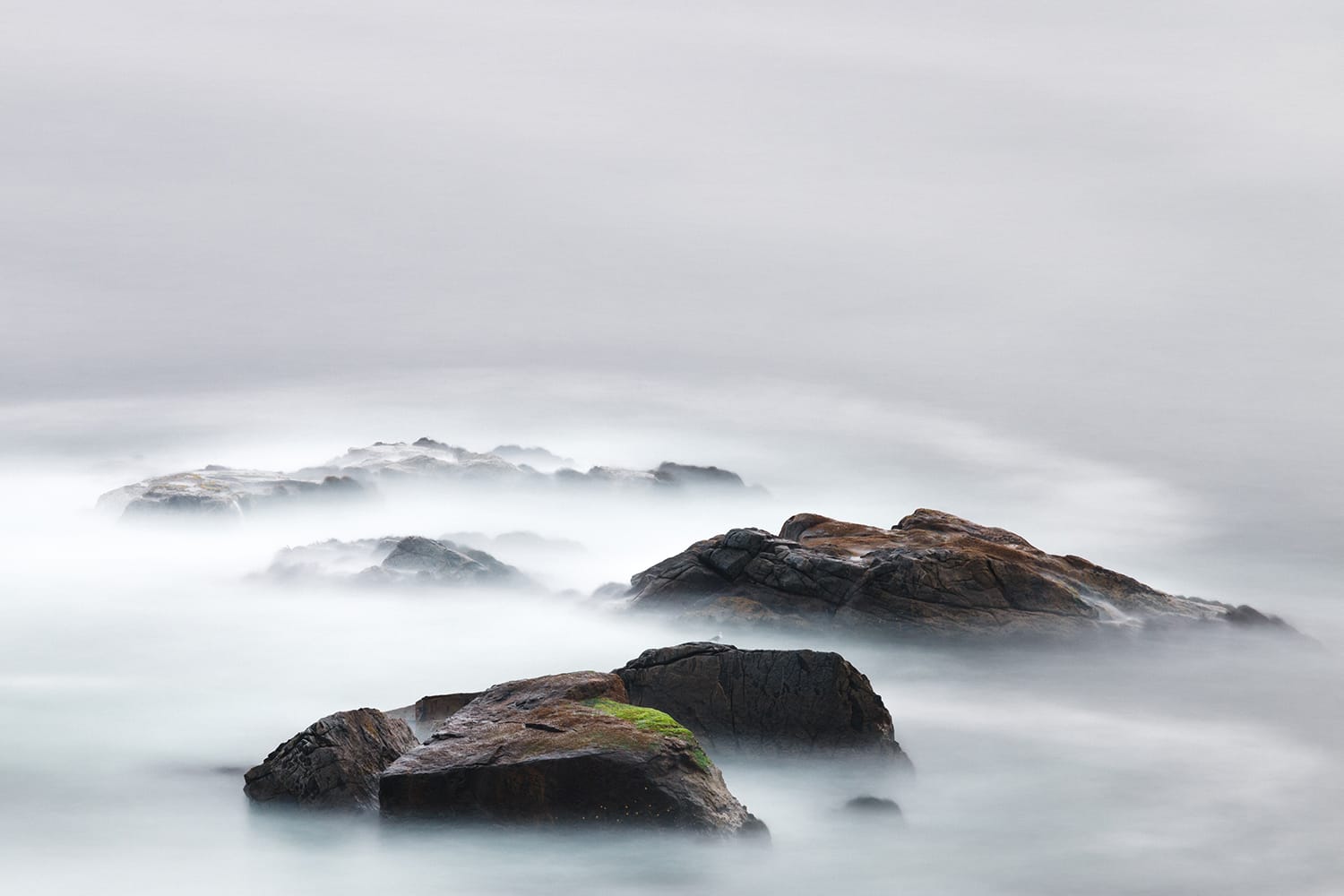
When to Go?
The first step in taking images of fog, is knowing when to go. While mist and fog can occur at any time, they happen most frequently during temperature fluctuations; such as when day and nighttime temperature differences are more extreme. Fog often forms in the evening, and can usually still be seen the following morning, if you get up early enough. Sometimes it’ll hang around into the late morning, or longer, but other times it’ll start to burn off as soon as the sun rises.
Usually, your best bet is getting up early! Be sure to check the local forecasts for the night before, and set your alarm!

Where Can You Find It?
Fog tends to appear in areas where the cool and warm air meet. This is why you can often see it over bodies of water, or coastal regions. You can also find it in the mountains, hovering over the valleys and rivers. High viewpoints can offer the best vantage points for capturing foggy landscape images, while getting down into the fog itself can also help you to capture images with a mysterious quality to them.

Creating Your Composition
Composition can be tricky with mist or fog since your normal focal points will be less visible, but that doesn’t mean that it’s a lost cause! Fog and mist may be a challenge, but successfully capturing the beauty of this phenomenon can make for some stunning images.
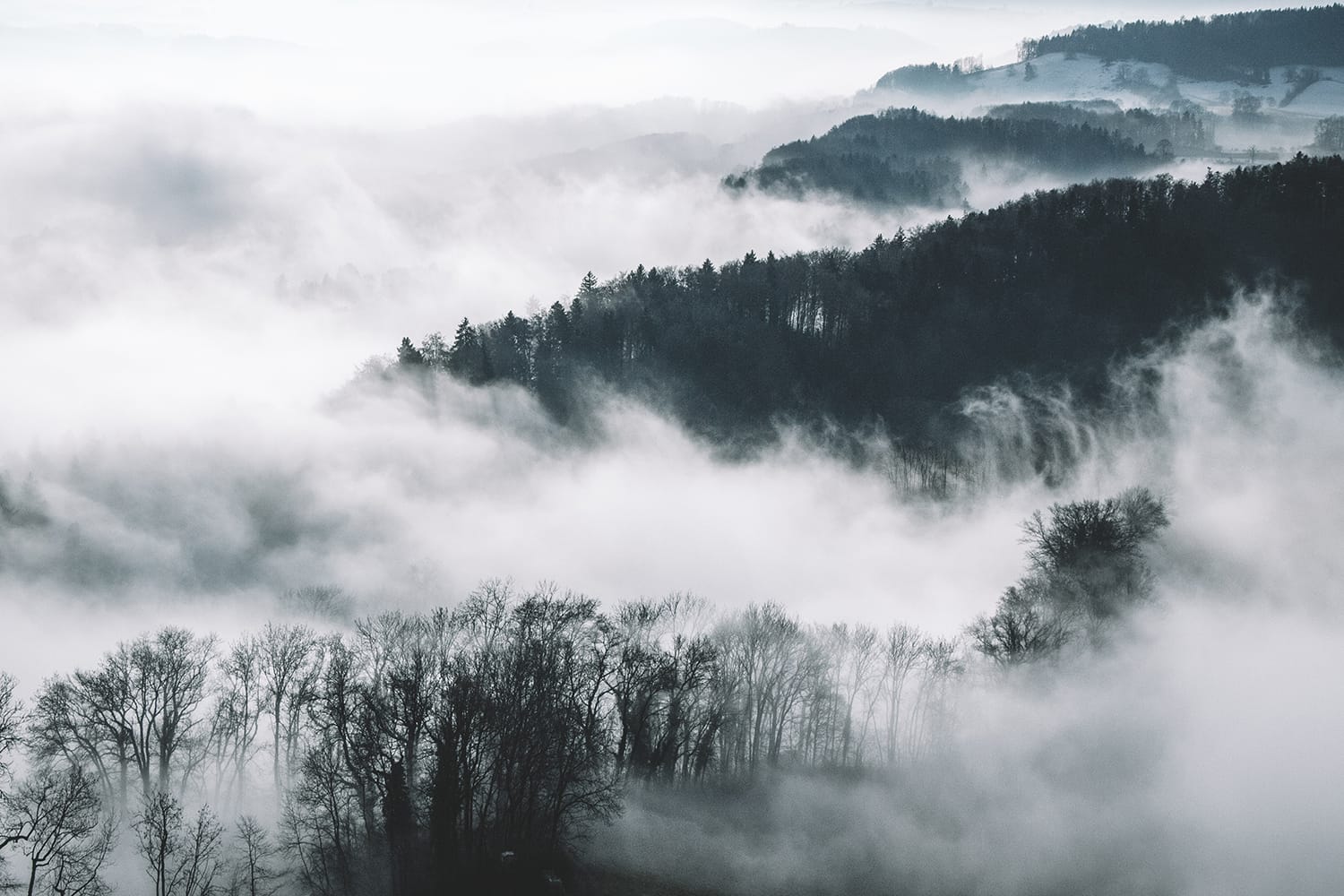
Here are a few things that you can look for when composing your foggy images:
- Shapes and Silhouettes
If you’re photographing in the fog itself, look for strong subjects to include in your compositions. You can create silhouettes with subjects that have a strong outline by positioning them in front of a light source, or look to capture them against the striking gray backdrop of fog, if the sun’s behind your shoulder. - Fine Details
The fog makes a great opportunity for minimalistic photography as well. Since much of the world is ‘blocked out’ by the fog, you have a prime opportunity to focus in on the finer details, allowing you to create striking images with a simple, blurred background. - Look for Light Rays
Rays of light filtering through the mist are a golden photo opportunity! These shafts of light can be found as the sun filters through the clouds, or the mist and are most often found in the early morning, but can sometimes be seen in the evening – or immediately after a storm. - Getting Above the Fog
If you can find a great vantage point, you’ll be in for a real treat with mist and fog. Going above the fog will allow you to capture the landscape in all of its beauty, shrouded in beautiful ribbons of mist. This could be a mountain or vista if you’re doing landscape photography, or a tall building, if you’re in the city. Arrive on-site as the sun starts to rise and you could be rewarded with a beautiful image of the sun casting its glow on the misty world below. - Let the Mist Take Center Stage
Finally, don’t be afraid to let the mist take center stage in your images. Look to capture it as a frame surrounding a distant tree or focal point in the distance, or showcase how it engulfs the entire landscape in mystery. Or, show how the bridge or road disappears into the fog in the distance. Look to make it the star of your image and you’ll be able to effectively capture the scene at hand.

Lighting
One challenge when photographing fog is the limited light you have to work with. Shooting with a flash isn’t recommended, since it’ll bounce off the water droplets in the air, further reducing visibility. In some cases though, the fog will act as a soft box, helping to filter the light and make it softer. However, the lighting during these conditions tends to shift quickly and you’ll want to keep that in mind when capturing your images. Try experimenting by photographing in different directions, to find the best angle of light.
Equipment
While photographing fog doesn’t require any special gear, there are a few tools that can help to make your work easier.
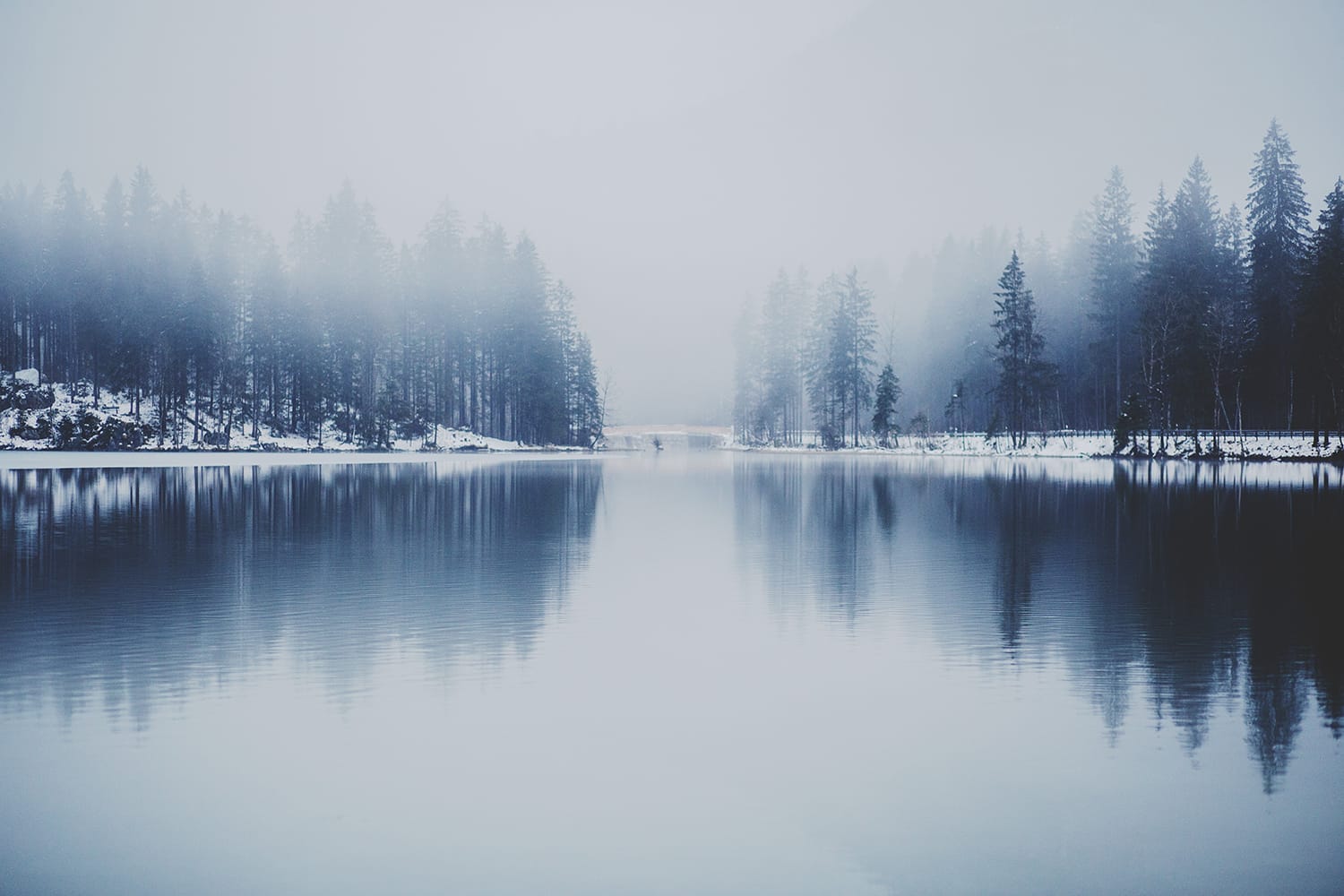
Here’s a look a few that you’ll want to consider bringing along:
- Filters
If you have a polarizing filter, you’ll want to bring it with you. Mist and fog is reflective, and polarizers help to reduce glare, allowing the light to radiate your images better. - Lenses
When shooting in the fog, distance will impact clarity. Generally, getting closer to the subject rather than just using a zoom lens will result in the clearest images. In cases with low visibility, lenses with shorter focal lengths – or even prime lenses – are preferable. If you’re doing landscape images from a high vantage point that offers good visibility, you’ll want to bring along a wide-angle. - Tripod
Since there’s less light in fog, you may need to use slightly longer exposures. For this reason, you’ll want to bring a tripod, or use a solid surface to steady your camera.
Camera Settings
When it comes to fog, there’s less light overall, which means your images may require longer exposures. But take care that you don’t use exposures that are too long. Since fog is in usually moving, exposures of more than one second can result in blur. Your best option is to use a tripod, and shoot some test images with different exposures. Since fog is reflective, your camera may be tricked into thinking there’s more light than there is, resulting in underexposed images. If this happens, add +1 or +2 exposure compensation.
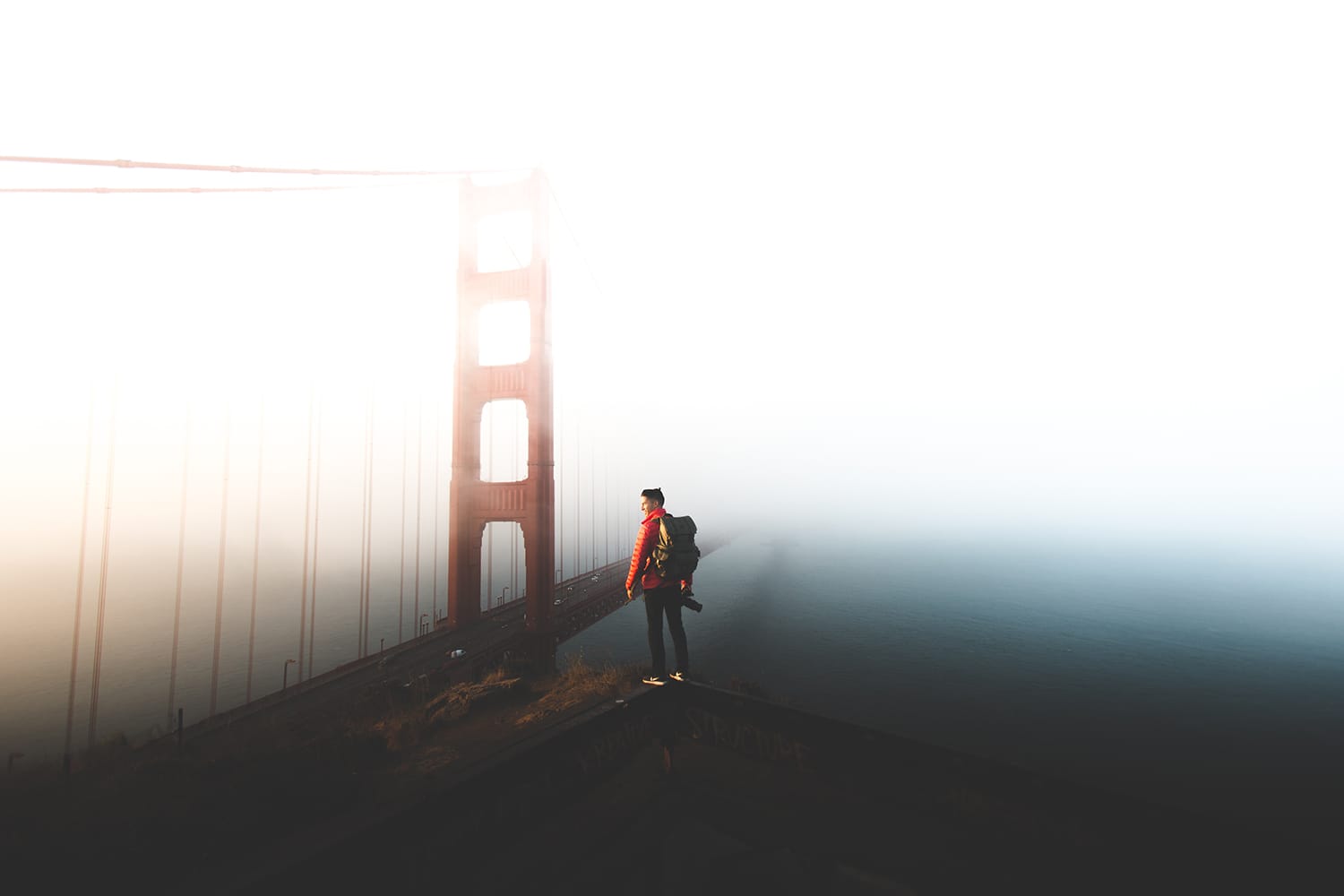
Watch Out for Condensation
Finally, when shooting in foggy conditions, you’ll want to keep condensation in mind. Bring along a lens cloth to dry off your equipment in case it gets damp.
While fog can be a challenge, it’s a great opportunity to capture some unique and exciting images. By working with the moody, surreal atmosphere that it creates, and looking to capture the natural beauty of the mist, you’ll be able to create some strikingly beautiful images – ones that effectively convey the beauty of the scene at hand.
Have you tried photographing fog? Please share your own tips and tricks with us on Facebook or Twitter!
